Proof, an annual group exhibition for emerging photographers, reached it 22nd year as Proof 22 opened on June 5th. Seven artists from different cultural backgrounds gathered to discuss the relationship between visible and invisible, remembering and forgetting.
Both Esmond Lee and Rachael Granofsky attempt to interpret their memories on places that were important to them. Esmond Lee’s series “Between Us” aims to describe the relations between him and his immigrant family from mainland China. Subtle and complicated emotions still linger in small windows, in empty tables and in an apology letter left behind. Ordinary objects are transformed into the embodiment of memories, and through them family ties and connections are visually explained. Rachel Granofsky also uses ordinary objects in her photographs. Some of them are abandoned by their owners, while others seem to be forgotten. Through the composition and color selection everything goes through a poetical methamorphosis creating a melancholic atmosphere.
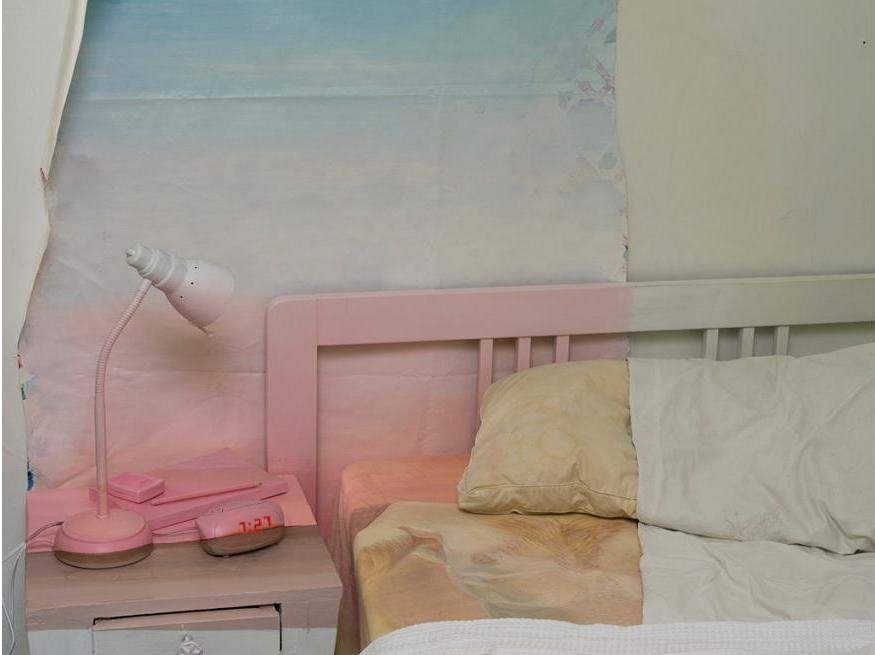 Rachel Granofsky, beans, bed & the body, digital c-print, 2014. Courtesy of Gallery 44
Rachel Granofsky, beans, bed & the body, digital c-print, 2014. Courtesy of Gallery 44
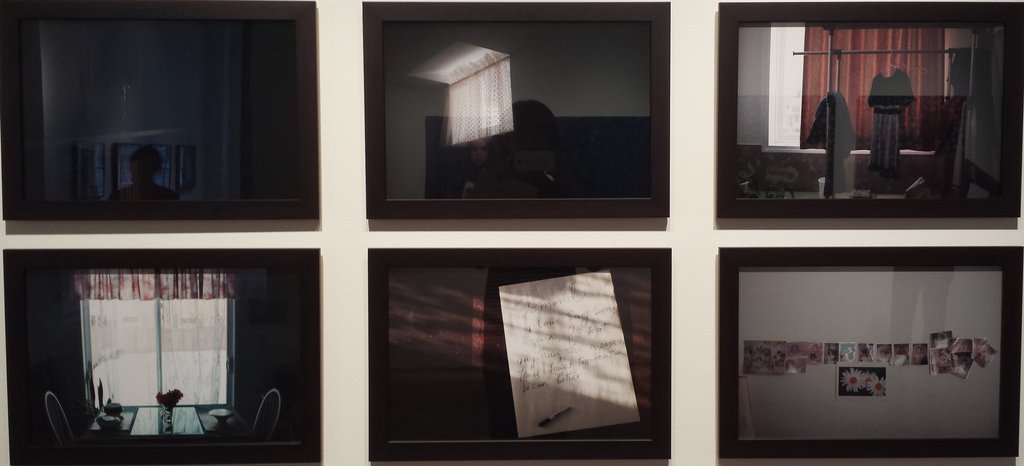 Esmond Lee, Between Us series, 2014. Photo: Daisy Li
Esmond Lee, Between Us series, 2014. Photo: Daisy Li
Melancholy and nostalgia can also be found in the images of Sarah Sands Philips and Catherine Plaisance. Their photographs address the temporality of life. Sands Philips reprocessed pictures of Canadian landscapes by the techniques of erosion and layering. The whole process of remaking photographs reminds the viewers of the passing of time. Plaisance’s video clip documents the darkness and gloominess of a miniature world after a disaster where the beauty of the natural world was destroyed. It can be associated with the disappearance of childhood memories under the pressure of a complicated adult life.
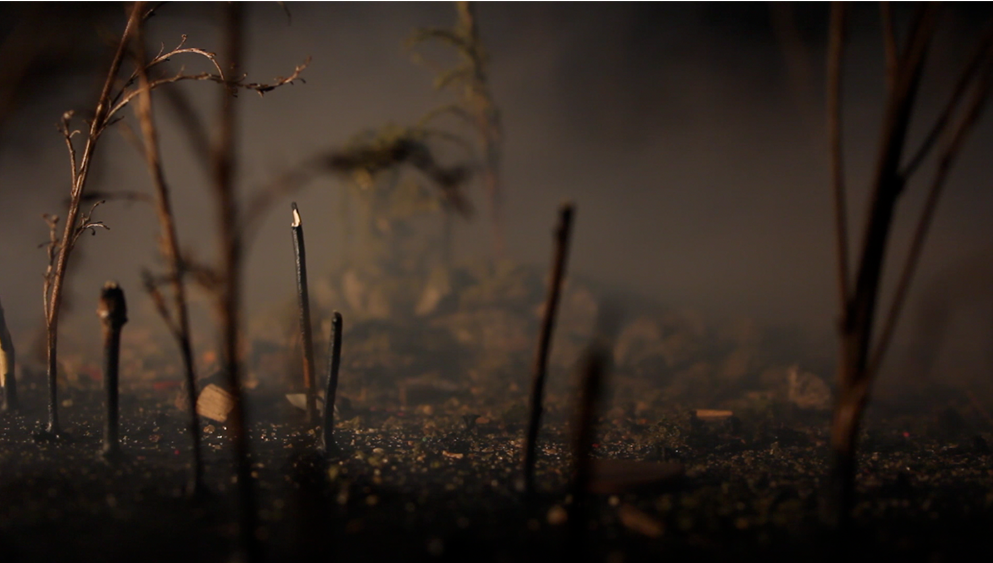 Catherine Plaisance, still image from Désordre (Disorder), 2014. Courtesy of Gallery 44
Catherine Plaisance, still image from Désordre (Disorder), 2014. Courtesy of Gallery 44
Leila Syed-Fatemi and Bijan Ramezani express their anxieties as well, not due to the absence of childhood memories and purity, but to their dual identity between western and Middle-Eastern cultures. In Syed-Fatemi’s photograph series “Clothbound”, the flower-patterned veil has become a meaningful tool to explain feminism, western paranoia, as well as “East-meets-West” in the era of globalization. Ramezani’s prints try to reedit and rework the photographs made by western media on individuals’ daily lives in Middle-East countries. There is, indeed, a tension between western and middle-eastern perceptions.
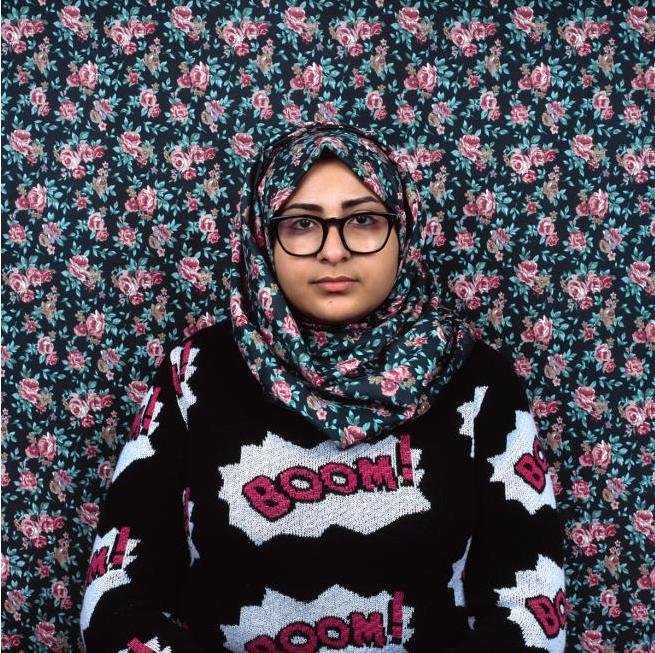 Leila Syed-Fatemi, Amna II, from the series Clothbound, digital c-print mounted on plexi, 2014. Courtesy of Gallery 44
Leila Syed-Fatemi, Amna II, from the series Clothbound, digital c-print mounted on plexi, 2014. Courtesy of Gallery 44
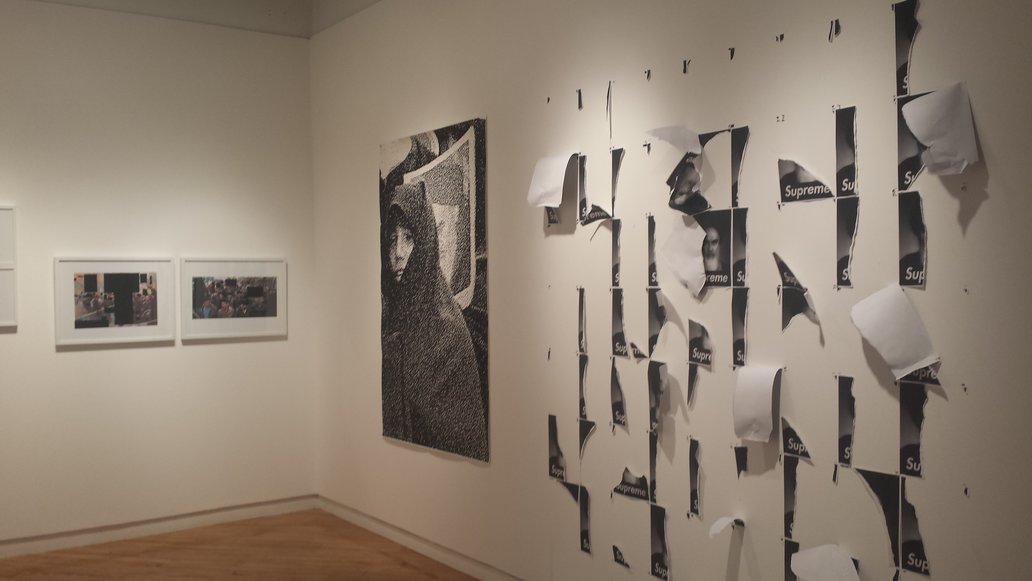 Installation view with Bijan Ramezani, Persona Non-Grata, 2014. Photo: Daisy Li
Installation view with Bijan Ramezani, Persona Non-Grata, 2014. Photo: Daisy Li
The group exhibition offers some interesting perspectives to think about. From Alvin Luong’s minimalist photography through Esmond Lee’s still life series to Bijan Ramezani’s documentary pieces diversity is the main characteristic of the show. As Ricky Varghese states in his essay, “The Cure by Image”, art can not cure global problems and inequities, but it could bring people together and create connections, some kind of “relationality”.
Daisy Li Meng
*Exhition information: June 5 – July 4, 2015, Gallery 44 Centre For Contemporary Photography, 401 Richmond Street West, Unit 120, Toronto. Gallery hours: Tue–Sat, 11 – 5 p.m.
